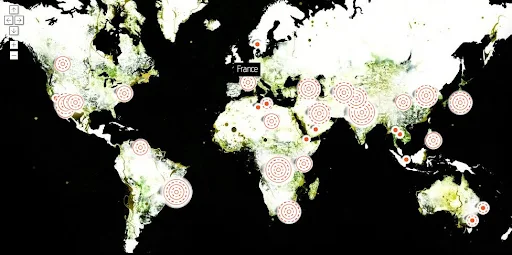
Water and energy come into conflict around the globe. Use the map controls in the top left-hend corner to zoom and pan to an area of interest, or simply drag the mao around. Click on a location to explore local challenges and solutions. Each location`s marker reflects a prognosis based on the riskiness of the project, the likehood of success, and the consequences of failure. A nation`s ability to deal with its problem is influenced by the following for metrics: renewable freshwater per capita (millions of liters per person), total primary energy per capita (total primary energy per capita), population access to clean water, population access to electricity.
This post may contain affiliate links. As an Amazon Associate, I earn from qualifying purchases.
Comments
Post a Comment